Here are The Digital Photography Tips in the form of a Q&A list, the list is suitable for photographers who are trying to improve their photography skills, and read about more interesting subjects.
You may also check my two other Q&A posts:
Questions & Answers For Photography- Basic Q&A List!
The Digital Photography Tips- Advanced Q&A
To search easily through the list, a shorter list that contains only the question is presented first, just click the question link; it will take you right to the answer.
You can also answer some photography quizzes to refresh your photography knowledge.
Also, I highly recommend the below site for Online photography classes.
Questions List
Q1: Can you explain to me the use of Tilt shift lenses?
Q3: What is equipment needed for Time lapse photography?
Q4: What is the image stabilization?
Q6: Is it necessary to calibrate my computer monitor?
Q7: What are the fisheye lenses?
Q8: What are the extension Tubes? And what are their uses?
Q9: Would you please tell me about Teleconverters.
Q11: How can I reduce photos noise?
Q12: What are Ghosting and Flare?
Q13: My lens says the aperture is f4-5.6, yet I can set the aperture to f11. How is this possible?
Q14: What is the zoom blur technique?
Q15: What is the difference between a telephoto and wide angle lens?
For more questions and answers, check the following links:
Questions and answers for photography- basic Q&A list
The Digital Photography Tips- Advanced Q&A
Answers:
Q1 : Can you explain to me the use of Tilt-shift lenses?
A tilt-shift lens can do amazing things to control the perspective. Tilt determines the plane of focus by allowing you to point the lens at an angle other than perpendicular to the image plane, (As a normal lens do it only focus on a singular and perpendicular plan) With tilt, the focal plane becomes pliable, it becomes possible to capture an image entirely in focus (background and foreground), as well as narrow the focal plane and make it surrounded by soft blur. Another thing tilt can do is make the miniature-faking possible, creating the illusion of super-shallow depth of field.

The Shift movement allows you to adjust a subject’s place in a composition without needing to move the camera itself. It also keeps everything squared, eliminating the convergence of vertical lines, a phenomenon known as “keystoning” that occurs when photographing tall buildings.

For further reading check my post about Tilt-shift lens
Q2: What is the Wet lens?
A wet lens also called add-on lenses that add macro and wide angle ability. It is any lens that can be attached or removed from the camera while underwater. The glass elements of the lenses are sealed but the junction point between the camera housing and the lens is filled with water. The lenses can be macro- for shooting small objects or wide angle for shooting large objects.

You may read more about wet lenses and underwater equipment in my post:
Camera and Accessories for the Underwater Photography
Q3: What is the equipment needed for Time-lapse photography?
A modern DSLR camera will do the job in only one condition. Your camera must either have a built-in intervalometer function or be able to accept a remote connection/remote control. An intervalometer[popup_anything id=”9316″]which is an attachment or facility on a camera that operates the shutter regularly at set intervals over a period. Also, you need a Tripod and ND filters.

You may check my post about Time-lapse photography
Q4: What is the image stabilization?
For capturing sharp photos when you are holding your camera by hand, you shouldn’t use shutter speeds slower than the equivalent focal length of the lens. This means a 500mm lens shouldn’t be handheld at speeds slower than 1/500-second, a 300mm lens slower than 1/300-second, and a 20mm lens slower than 1/20-second. When using a lens with image stabilization, you can capture sharp images of still objects with a 500mm lens at speeds down to 1/60-second, a 300mm lens at speeds down to 1/30-second, and a 20mm lens at speeds down to 1/2-second.
So, Image stabilization gives you the ability to capture sharp images of static subjects at slower speeds.
Q5: What is TTL?
TTL stands for Through The Lens, and in the case of SLR metering, it indicates how the light is measured–that it’s the light coming through the taking lens, rather than, say, an exterior sensor.
In flash metering terminology, a TTL system in the camera/flash combination typically means that the camera will tell the flash to send out a small “pre-flash” burst of a known brightness level, meter that flash, and then automatically adjusts the flash power to where the camera’s exposure system thinks the power needs to be for good subject exposure, based upon that TTL meter reading. You can think of it like having automated exposure modes on the camera body: just as meter readings are used to automatically adjust the aperture or shutter speed depending on the shooting mode, TTL automatically adjusts the flash power output.
Q6: Is it necessary to calibrate my computer monitor?
Serious and professional photographers usually calibrate their displays to make sure that the photos and images they are creating and editing on their computer will look the same when they are printed or shown on screen. When you edit photos on a non-calibrated display, you run the risk of making edit decisions based on the wrong colors. You don’t want to spend hours choosing the perfect subtle color scheme only to see a mismatched mess on someone else’s monitor or coming out of a printer; you need to calibrate your monitor so that what you see is what you get.
A calibrating system usually comprises a package that includes calibration software to install on your computer, a calibration device (a precision colorimeter) that plugs into the USB port and reads directly from the monitor screen, and simple step-by-step instructions.
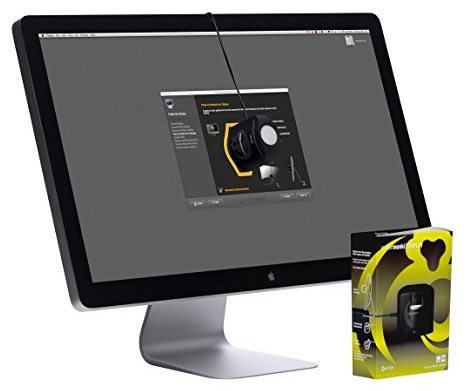
You may check my post How to Calibrate Your Monitor
Q7: What are the fisheye lenses?
Fisheye lenses are extremely wide-angle lenses; it can take extremely wide hemispherical images and are often used for panoramic photography or to make sports photography more interesting, for example, skateboarding. Dedicated fisheye lenses are quite expensive and not very commonly used.
For more reading about fisheye lenses, check my post Fisheye Lenses for Canon – Top 5 You Need To Know.
If you want to try shooting fisheye images, there is another solution, you can buy cheap adapters for less than $25 which attach to your current lens. If you’d like to expand your field of view, consider a wide-angle adapter for your camera. How much wider you can get depends on the magnification factor. If you’ve got a camera that has a 28mm lens, sort of on the wide side, adding a 0.5x adapter will convert that to the field of view of a 14mm lens!

Q8: What are the extension Tubes? And what are their uses?
Extension tubes can be used to add a close-focusing capability to any SLR lens. They work by adding distance between the rear of the lens and the camera’s sensor. This allows the lens to focus much closer than it normally can, but you will lose the ability to focus on objects that are far away.
Kenko offers a set of three extension tubes: 12mm, 20mm and 36mm in length, available for Nikon and Canon cameras. The tubes feature circuitry which makes it possible for the camera to communicate with the lens for focusing and metering functionality, although it’s probably best to focus manually. You can stack the tubes if you choose if an individual extension tube does not provide enough magnification to suit your needs.
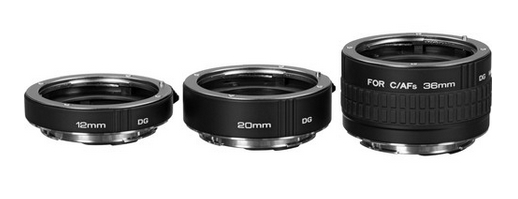
See Here some examples of (Kenko extension tube)
Q9: Would you please tell me about Teleconverters
A teleconverter (sometimes called the tele-extender) is a secondary lens that is mounted between the camera and a photographic lens. Its job is to enlarge the central part of an image obtained by the objective lens. If you’d like to get a bit more reach from your favorite telephoto lens, consider adding a teleconverter to your SLR. Both Kenko and Zeikos feature a 1.4x converter, compatible with Nikon and Canon cameras, in their lineup. The 1.4x converter sits between your lens and the camera, extending its focal length by 140%. Adding the teleconverter to your 70-200mm makes it a 98-280mm! Bear in mind that there is also a light loss when you use a teleconverter. An f/2.8 lens with a teleconverter can only capture about as much light as an f/4 lens without one. Autofocus and metering functions work with both of these teleconverters but keep in mind that most cameras can only autofocus at apertures of f/5.6 or larger, so don’t try to attach it to a lens that already has a maximum aperture of f/5.6.
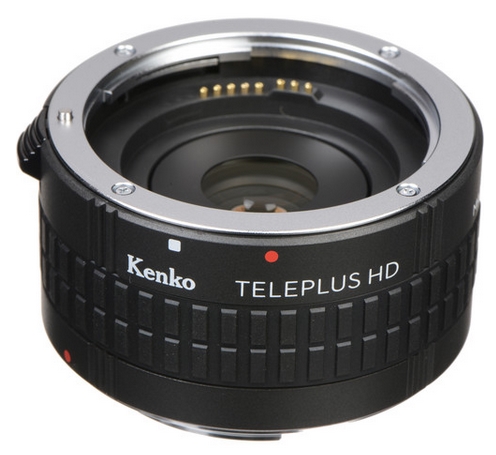
For more reading you may check my post >>What is Canon Teleconverter<<
You can also see some more examples of (teleconverters)
Q10: What is a Fast Lens?
The lens is described with its focal length and its maximum aperture. The speed of a lens and how ‘fast’ it is, refers to the maximum aperture of the lens. The larger the maximum aperture the faster the lens is. In general – a fast lens is any lens with a maximum aperture of f/4 or more (ie f/2.8, f/1.8, f/1.4, etc.)
The reason that a lens with a big maximum aperture is referred to as fast is that it lets more light in and therefore you can use faster shutter speeds even when there might not be much light around.
Fast lenses can be used where there is either a low light situation or where you need to use fast shutter speed. They are especially useful when you need both a fast shutter speed in low light. Also, a larger aperture lens leads to a shallower depth of field which can be a great thing if you need to make your subject really stand out from its background.
Q11: How can I reduce the photo’s noise?
In digital photographs, “noise” is the commonly-used term to describe visual distortion. Noise is also defined as aberrant pixels. That means pixels that are not representing the color or the exposure of the scene correctly. It looks similar to grain found in film photography, but can also look like splotches of discoloration when it’s really bad, and can ruin a photograph. You can reduce the noise by using a camera with a larger sensor and shooting at a low ISO setting.
Use a noise-reduction software on your computer to edit your photos, The advantage of using noise reduction software over in-camera noise reduction is that you have more powerful tools such as reducing grain selectively to parts of the picture where it’s needed while leaving other areas alone. There is some free software that can help you in this issue; a list of some of them is available in my post The Free Noise Reduction Software.
Q12: What are Ghosting and Flare?
When light rays coming from a bright source(s) of light directly reach the front element of a camera lens, they can reflect and bounce off different lens elements, diaphragm and even off the sensor, potentially degrading image quality and creating unwanted objects in images. It can drastically reduce image contrast by introducing haze in different colors; it can add circular or semi-circular halos or “ghosts” and even odd-shaped semi-transparent objects of various color intensities. Flare is not always undesirable in photography though – sometimes it is used creatively to add artistic elements to images.

Photographers usually identify two types of lens flare:
- Veiling flare: Veiling flare usually occurs when the bright light source is outside the lens angle of view.
- Ghosting flare: it represents all the artifacts that are visible in the image, whether it is reflections of the bright source or shapes that are similar to the lens diaphragm.
If you want to avoid seeing flares in your images:
- Use a lens hood.
- Use high-quality lenses (they are made with coating technologies that help significantly reduce or even eliminate flare issues).
- Use prime lenses instead of zooms.
- Change perspective/framing.
Q13: My lens says the aperture is f4-5.6, yet I can set the aperture to f11. How is this possible?
The aperture range described on your lens is not the range of apertures that your lens is able to use. Rather it is the range of maximum aperture settings it can use at various zoom lengths. Zoom lenses offer a range of focal lengths, but changing the focal length usually also changes the aperture. At longer focal lengths, zoom lenses are typically not able to achieve as wide an aperture setting as they are at shorter focal lengths. Your lens can go to f4 when it is at its widest and 5.6 when it is at its longest.
Q14: What is the zoom blur technique?
Zoom burst or zoom blur is a motion-filled photographic effect. You can easily try it out using your camera, a zoom lens and an optional tripod.
The effect involves zooming in or out while you take a photo using a long exposure, causing the shot to blur from the center outwards. Your image will either look filled with motion or take on an abstract look depending on how you capture it. The best results will come from experimenting with timing.
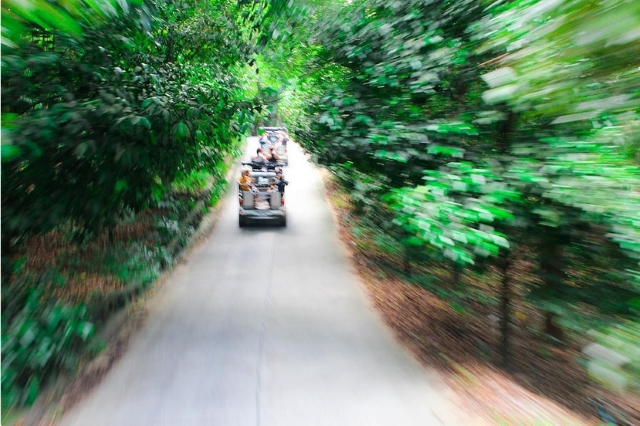
There are some interesting photography techniques <<Here>>
Q15: What is the difference between telephoto and wide-angle lens?
A normal lens has an angle of view of about 50 degrees; this roughly corresponds to what the human eye sees. In full-frame camera, a normal lens has a focal length of about 50mm, for an APS-C camera, this is usually around 35mm
if you want to take photographs of birds, wild animals, or a baseball player, or moon surface without going near to any of them, you need a telephoto lens, usually, they have a larger focal length value around 100-800 mm. Telephoto lenses see a close-up view, greater than your eyesight. As to how MUCH magnification is involved, divide the focal length by 50 (for full-frame lenses). Thus a 200mm lens has four times, or 4x, the magnification power of a 50mm, which is to say, your eyes.
But wide-angle means covering a bigger/larger area, the wide-angle lens allows more of the scene to be included in the photo. It is usually used in architectural, interior and landscape photography where the photographer may not be able to move farther from the scene to photograph it. The smaller the focal length of the lens the wider or bigger will be the surface area covered by the lens. Wide-angle lenses come in three different categories: Wide, Super-Wide and Fisheye. A Fisheye is the widest lens possible it can capture in the neighborhood of 180 degrees but the images are very distorted and curved.
Lenses review posts for many types of Canon lenses are available on my site.
You can also answer some photography quizzes to refresh your photography knowledge.
Thanks for reading the article, hope it is useful and helpful to you, if you have any comment or question, please leave it in the box below, I will quickly answer.
You automatically support us if you order anything through our recommended Amazon links, and we highly recommend them because of their low prices, fast delivery and, the top support, especially when it comes to camera equipment.
As an Amazon Associate, the site earns from qualifying Purchase, Most of the “product” links are affiliate links, and you are welcome to check our affiliate Disclosure statement.
If you like and enjoy the site, please remember to subscribe, we will inform you when a new article is posted.

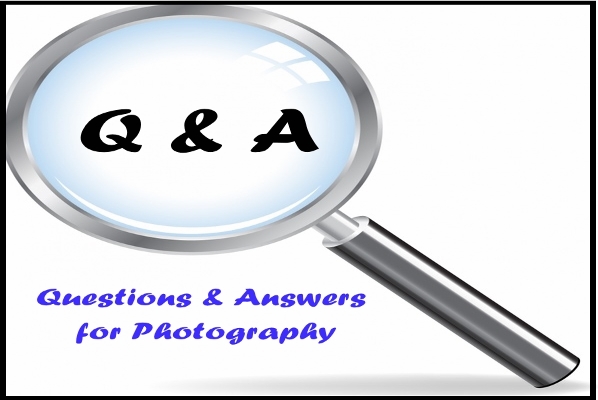






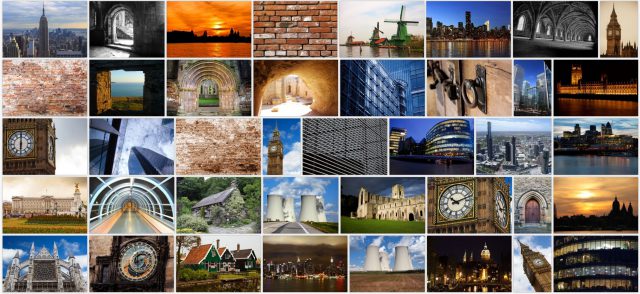


Wow, interesting article! I have a friend who is a professional photographer and I really wanted to know what does he use to make such great photos. Your Q&A list was very useful and very detailed. Good work and keep it this way! Btw I will recommend this site to everyone who wants to become a photographer!
Hi Max
Thank you for your comment, have a nice day